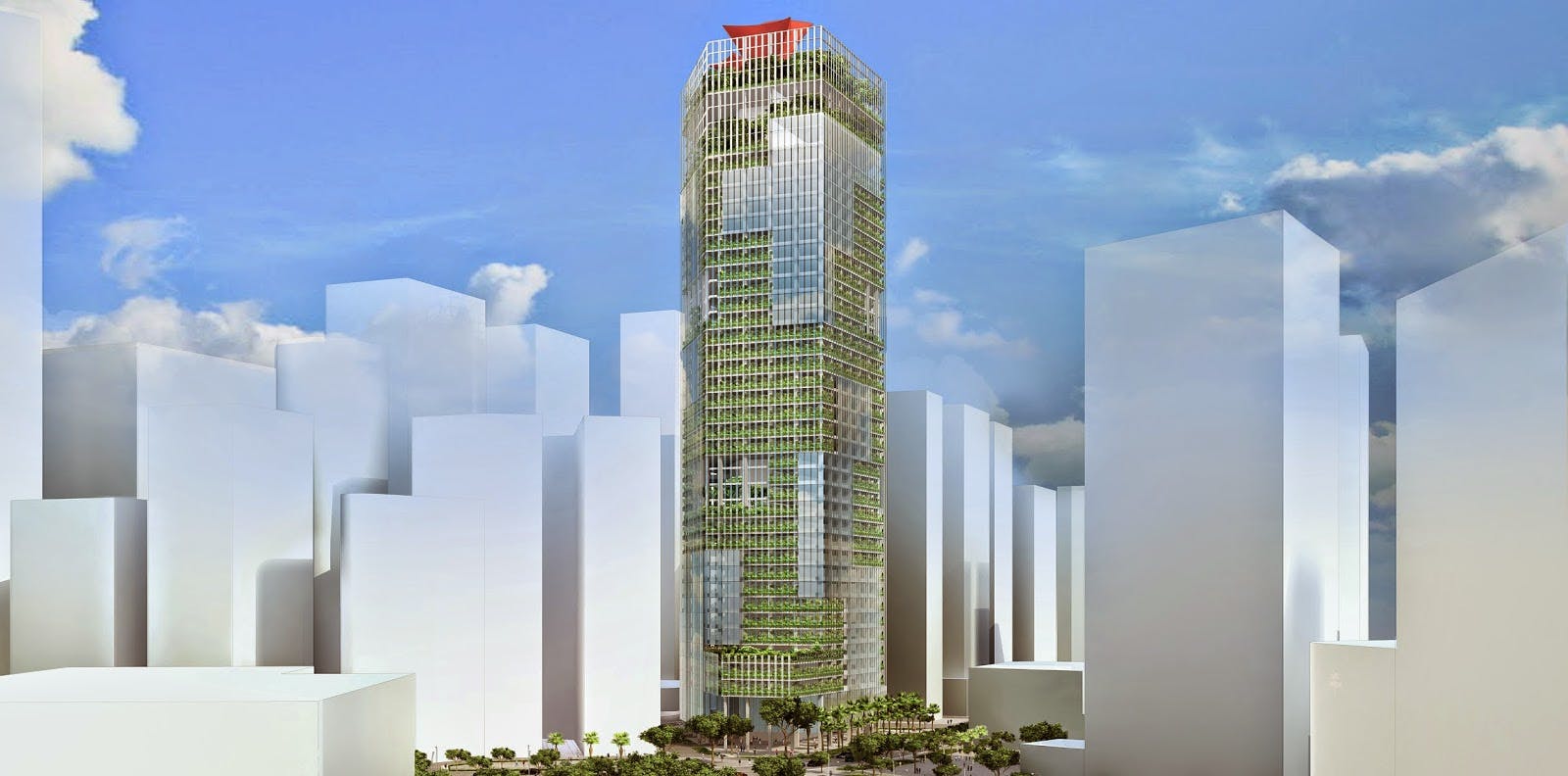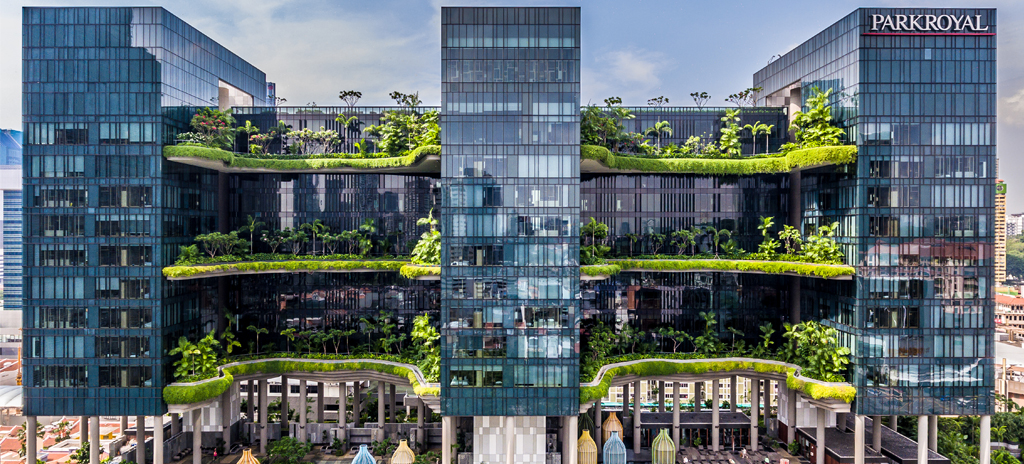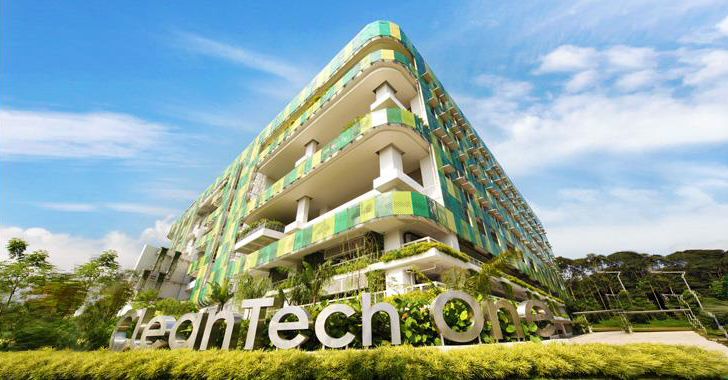Video Source | The ꓥrchitecture Gazette
Music Source | “My Best Melody” catatau5 | Link
References / Additional Reading |
1) Alliance for Water Efficiency | https://bit.ly/2T2nynY
2) CINAGRO™ Products | https://amzn.to/2SbZdfo
Video Source | The ꓥrchitecture Gazette
Music Source | “My Best Melody” catatau5 | Link
References / Additional Reading |
1) Alliance for Water Efficiency | https://bit.ly/2T2nynY
2) CINAGRO™ Products | https://amzn.to/2SbZdfo
This is Segment 3 of our Chain of posts focused on ‘Energy @ the Building Scale’.
[Extension of Part 4/5: The Red System (Energy), Singapore – Published: 28th May 2018]

We interrupt the ongoing Chain of posts on E@BS to introduce our ‘Q & A’ column.
Our segment on Cleantech One [published: June 18, 2018] left us with 2 questions. We address one of them today –
Water use can be optimized and maintenance can be reduced by adopting certain simple measures. Some of the following have been adopted by our case-studies, specially Park Royal Hotel [published June 25th, 2018]. These measures also help buildings gain points for LEED certification categories – Water Efficiency, Sustainable Sites.
Insects or pests can be attracted to areas of vegetation and water. While all insects are not harmful, and many are extremely helpful and necessary for the ecosystem; they may not always be welcome in an urban/ strictly controlled setting like that of a laboratory. Let’s look at some ways to deal with this issue –
Pests specially mosquitoes can be a dangerous problem around water features. Some steps that could be taken to guard against this are-
Another simple way is to choose plant species that naturally repel certain pests. This helps avoid the use of harmful insecticides and pesticides, that have other dire consequences. Some low maintenance species to choose from are –
References/ Additional Reading:
This is Segment 2 of our Chain of posts focused on ‘Energy @ the Building Scale’.
[Extension of Part 4/5: The Red System (Energy), Singapore – Published: 28th May 2018]

This is Segment 1 of our Chain of posts focused on ‘Energy @ the Building Scale’.
[Extension of Part 4/5: The Red System (Energy), Singapore – Published: 28th May 2018]

Cleantech One is a 37,500 sq.m. BCA GreenMark Platinum certified Industrial building. It is a Jurong Town Corporation project that is part of the larger Cleantech Park, which is a 50 hectare site for clean technology activities such as R&D, test-bedding, prototyping. Cleantech One employs state-of-the-art Active technology features, but also integrates Passive design catering to its Climatic context (Singapore).
Singapore has a tropical rainforest climate, with temperatures rarely straying from 29-30 degrees Celsius. Humidity stays high throughout the year and there is regular and heavy precipitation. The effect of temperature can be reduced by strategic shading measures. Cleantech One uses proper orientation, green walls, planters, sky trellis. Humidity is addressed by increasing air movement to provide potential relief to occupants as seen below. These measures reduce dependence on mechanical cooling and thus help decrease Energy costs.
Continue reading “E@BS Segment 1/7: Industrial – Cleantech One”
This is Segment 1 of our Chain of posts focused on ‘Energy @ the Building Scale’.
[Extension of Part 4/5: The Red System (Energy), Singapore – Published: 28th May 2018]

Cleantech One is a 37,500 sq.m. BCA GreenMark Platinum certified Industrial building. It is a Jurong Town Corporation project that is part of the larger Cleantech Park, which is a 50 hectare site for clean technology activities such as R&D, test-bedding, prototyping. Cleantech One employs state-of-the-art Active technology features, but also integrates Passive design catering to its Climatic context (Singapore). Continue reading “E@BS 1/5: Industrial – Cleantech One”
I sit in my living room looking at the gallons of water pouring down my window, courtesy the Great Indian Monsoons. I can’t help but feel sad seeing such a colossal waste of a precious resource – fresh water. This emotion is heightened by two reasons.